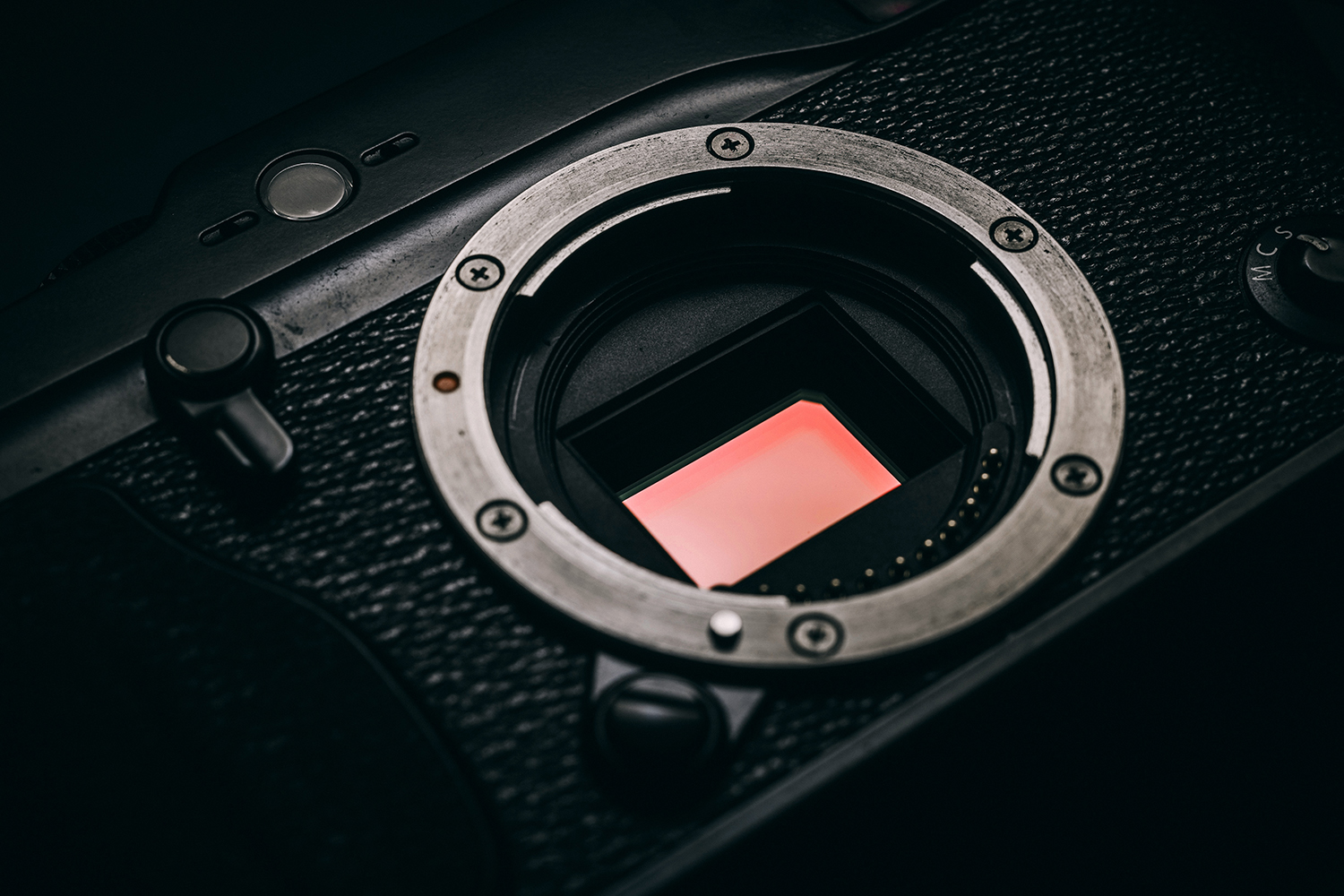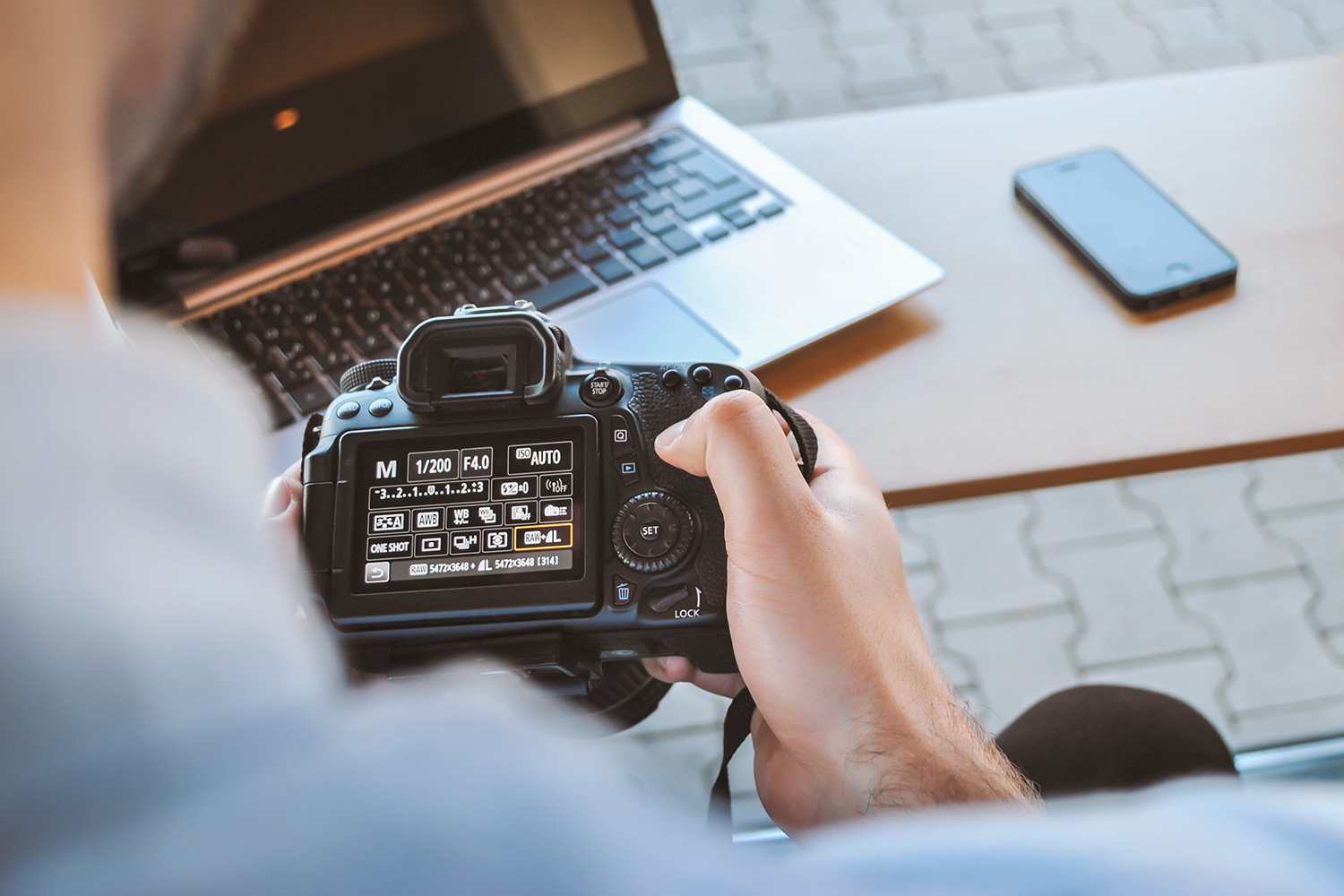What Exactly Is ISO Invariance (And Should You Care?)
As with any art form, photography contains its fair share of “controversial” topics, when artists feel particularly passionate about the camp they’ve settled in and adamantly argue right versus wrong.
One discussion that has become somewhat heated in certain photography circles is the question of whether or not ISO invariance matters.
There’s no avoiding the fact that ISO invariance is a tricky subject to discuss. It’s technically rich, nuanced in its applications, and oft-debated, so let’s get you up to speed.

A Brief Introduction to ISO
Before we delve into ISO invariance, we want to take a moment to mention the basics of ISO. Along with aperture and shutter settings, ISO completes the exposure triangle. In other words, all three of these components work together to achieve the desired exposure. ISO often takes the backseat to shutter speed and aperture, both of which are frequently adjusted for compositional reasons.
While an increased ISO will yield a brighter final image because the camera will amplify the sensor’s signal (essentially boosting, or adding gain to the signal to achieve a brighter image) in a low-light situation, photographs taken with high ISO will have increasing amounts of graininess or “noise.” This loss of image quality is often responsible for choosing to use a lower ISO despite shooting in dark conditions.
It’s a balance that all of us work hard to achieve both during a shoot and throughout post-production editing.
ISO Invariance Explained
As technology improves, so do the abilities of digital cameras. These days, some “ISO invariant” cameras exist, capable of shooting at a low ISO to preserve image quality without sacrificing exposure. In other words, if you own an ISO invariant camera, you may choose to shoot at a low ISO (e.g. 100 or 200) even in situations where there is very little light.
Then, you would massively raise the exposure to a more appropriate level in post (Lightroom, Photoshop, Luminar, etc.) without sacrificing image quality. The final result looks very similar to the same shot as if it was originally captured at a much higher ISO.
Some photographers find that, after adjusting the exposure, their lower ISO photos appear even richer than photographs taken with a high ISO right off the bat.
Want to really learn everything you can about your camera? Grab Photzy’s DSLR Crash Course today!

The Limitations of ISO Invariant Sensors
You might hear some people say that you can forget about optimizing the ISO when shooting with an ISO invariant camera. What’s the point when you can shoot a low ISO and then make later modifications with post-processing software without disrupting quality?
However, those who claim that ISO doesn’t matter in these scenarios aren’t entirely hitting the mark. What they say may be technically true, but it’s not the whole story. While ISO invariant cameras can offer much more flexibility to photographers while shooting, there are still limitations that we should be aware of.
1. RAW Becomes a Requirement
To achieve good results when shooting at a low ISO with an ISO invariant camera, you must shoot in RAW format (not compressed RAW). Many photographers prefer to do this anyway, but others would just as much prefer to shoot in JPEG in order to save space on their memory cards. If you have any objection to shooting RAW, utilizing the abilities of an ISO invariant camera won’t be for you.
2. Poor Visibility and Disrupted Workflow
One of the major disadvantages associated with using a low ISO with an ISO invariant camera to shoot low-light photographs is that, prior to adjusting the exposure in Lightroom or another photo editing software, the captured imaged will appear extremely dark.
Many photographers are appalled by the idea of not being able to see what they’re shooting on their camera’s preview screen, and some feel that this diminishes their accuracy and disrupts their workflow.
ISO Invariant Cameras
Now that you have a better understanding of ISO invariance and its limitations, we can guess the next question on your mind: “Which cameras are truly ISO invariant?”
This information can be difficult to find. It’s not going to be in your camera’s manual, for instance, and getting camera manufacturers to discuss the topic is nigh impossible.
However, some photographers have come together to test a variety of cameras in order to determine the handful capable of ISO invariant performance (or something near it).
A few of these cameras include:
- Sony A7R2, A7R3
- Fuji X-T1, X-T2, X-T3
- Nikon D750, D810, D5500, D7100
On the other hand, if you have a Canon DSLR, you can pretty much guarantee that your camera’s sensor will be far from ISO invariant. This, on its own, does not make one manufacturer better or worse than another. Stunning images have been captured on much less technologically-advanced cameras.
The Final Word
All controversy and labels of “variant” and “invariant” labels aside, it’s just as important for you to understand the basic concepts of ISO and the exposure triangle, as well as how to set ISO properly depending on the goals you want to achieve in your photograph.
Sure, having an ISO invariant camera can provide you with opportunities you wouldn’t have otherwise. By all means, take advantage of this ISO invariance if you have access to it!
At the end of the day, however, you can consistently shoot incredible work with or without ISO invariance. For the tech enthusiast, having an ISO invariant sensor in their camera can be a bragging point – for most of us, it’s not a huge deal ¯\_(ツ)_/¯
If you’d like to learn even more about ISO, aperture, shutter speed, and a ton of other topics, make sure you download the DSLR Crash Course today!
